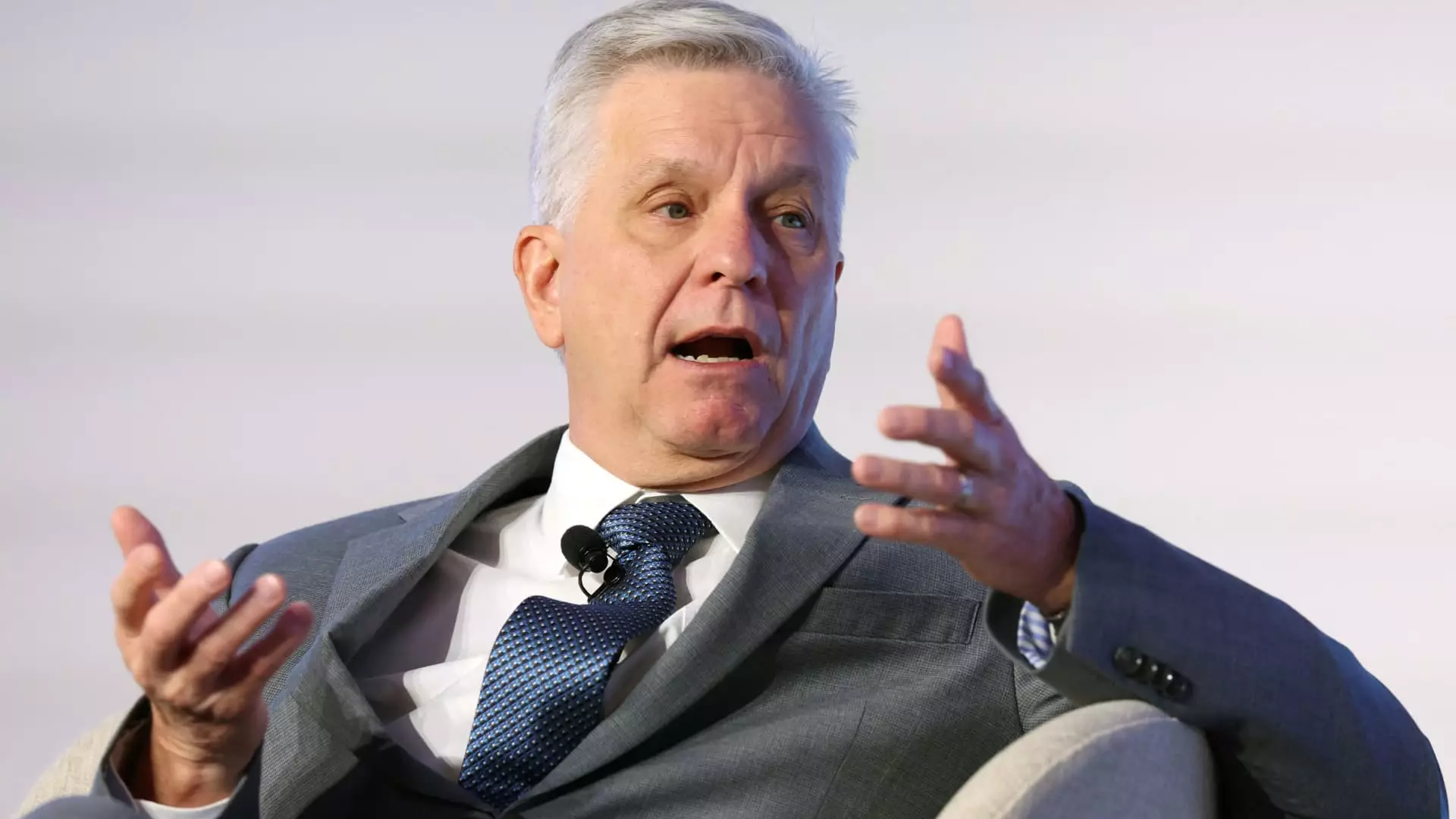The Federal Reserve’s approach to interest rates is a crucial element of the U.S. monetary policy landscape, influencing everything from consumer borrowing to inflation. Recently, Fed Governor Christopher Waller provided insights on the possibility of interest rate adjustments throughout the year. His comments have sparked significant discussions regarding the trajectory of inflation and the economic landscape, reflecting a cautious yet optimistic viewpoint on future rate cuts.
In an interview with CNBC, Waller indicated that if inflation trends downward as anticipated, the Federal Reserve could lower interest rates multiple times this year. His optimism suggests that the first cut could happen within the first half of the year, contingent on economic indicators such as inflation and unemployment. Waller emphasized that the decision to implement rate cuts will be data-driven. This recognition of economic metrics reflects a strategic approach, focusing on adaptability based on real-time information.
It’s vital to understand what Waller means when he mentions “good data” on inflation. Currently, the inflation rates, while sparking concern, are gradually shifting. Waller pointed to a consumer price index, which, despite a modest decline to 3.2% for December, remains above the Fed’s 2% target. This suggests that while there are signs of progress, the path ahead is complex and laced with uncertainty.
Following Waller’s statements, market reactions were immediate, revealing a tendency among traders to increase bets on a more aggressive approach to rate cuts. The market’s perception shifted, with a notable rise in expectations for a May reduction. Market-implied probabilities suggested a near 50% chance for a cut in May, while June emerged as a more likely timeframe for the adjustment. Importantly, this dynamic illustrates how closely intertwined market sentiments are with policymakers’ language and expectations, emphasizing the psychological aspect of financial markets.
However, Waller’s caution is clear. He noted that while three or four cuts could be feasible if data supports such action, disappointing economic reports could limit reductions to one or two. This balance between optimism and caution speaks to the broader economic challenges and uncertainties that the Fed must navigate in the coming months.
At the heart of Waller’s outlook is a belief that inflation will continue to moderate over the course of the year. However, he also acknowledged the persistence of “sticky” inflation in key categories that have historically resisted downward pressure. The concern is that while headline inflation may be declining, certain components could pose prolonged challenges, potentially hindering the Fed’s ability to initiate significant rate cuts.
Waller’s comments reflect a broader optimistic perspective on inflation dynamics, suggesting that the year-on-year stickiness observed will dissipate over time. This optimism, however, isn’t universally shared among his colleagues. The differing views within the Fed highlight the complexity of assessing economic health, where varying interpretations of data can lead to divergent policy conclusions.
Looking forward, the Federal Open Market Committee (FOMC) is set to convene shortly, with markets practically dismissing the likelihood of any immediate changes to interest policy in January. Waller’s comment about the lack of urgency encapsulates the sentiment within the committee, urging patience and thorough analysis before making any policy adjustments.
Ultimately, the pathway for interest rates will greatly depend on economic data as it emerges throughout the year. Waller’s insights offer a glimpse into the Fed’s current stance, straddling the line between caution and willingness to act if conditions warrant it. What remains to be seen is how inflation trends and employment data evolve, influencing the Fed’s decision-making process as the economy continues to navigate uncertainty. The impending meetings will play a pivotal role in shaping monetary policy, underscoring the critical need for adaptability in an ever-changing economic environment.

